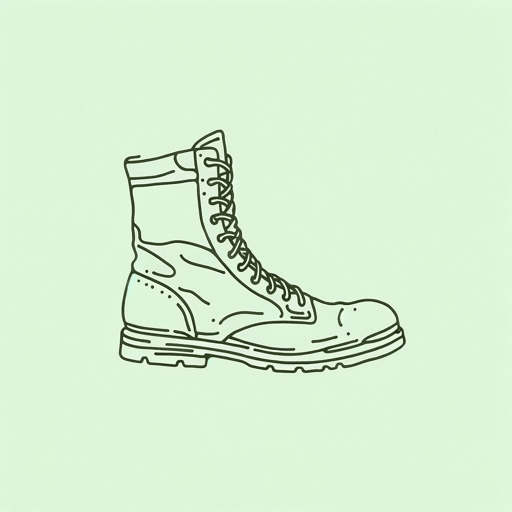43 pages • 1 hour read
Kathleen BelewBring the War Home: The White Power Movement and Paramilitary America
Nonfiction | Book | Adult | Published in 2018A modern alternative to SparkNotes and CliffsNotes, SuperSummary offers high-quality Study Guides with detailed chapter summaries and analysis of major themes, characters, and more.
EpilogueChapter Summaries & Analyses
Epilogue Summary
The bombing of the Murrah building was a triumph for white power, marking the climax of their war against the federal government while obscuring their ideology as the cause of the attack. Leaderless resistance worked so well that McVeigh was seen as an isolated actor with idiosyncratic views. There was thus no public reckoning with the white power movement, as there had been in the darkest days of civil rights-era Klan violence. Even as the movement once again gained steam in the wake of the War on Terror, the mainstream has struggled to grasp it and the threat it poses. In the meantime, the figures of the post-Vietnam white power movement have trained a new generation of activists. White power violence reentered the public consciousness with the massacre of Black churchgoers in Charleston, South Carolina, in 2015, but this event, rather than solidifying public resistance to white power, provoked some to embrace white power motifs. The lack of a public reckoning has had an influence on policy, which in turn makes it harder to constrain white power activists’ violent actions. Understanding white power as a social movement is essential for understanding the conditions under which it flourishes and how it might be possible to contain it.
Featured Collections
Books on U.S. History
View Collection
Common Reads: Freshman Year Reading
View Collection
Memorial Day Reads
View Collection
Military Reads
View Collection
Nation & Nationalism
View Collection
Politics & Government
View Collection
Sociology
View Collection
The Best of "Best Book" Lists
View Collection
True Crime & Legal
View Collection

